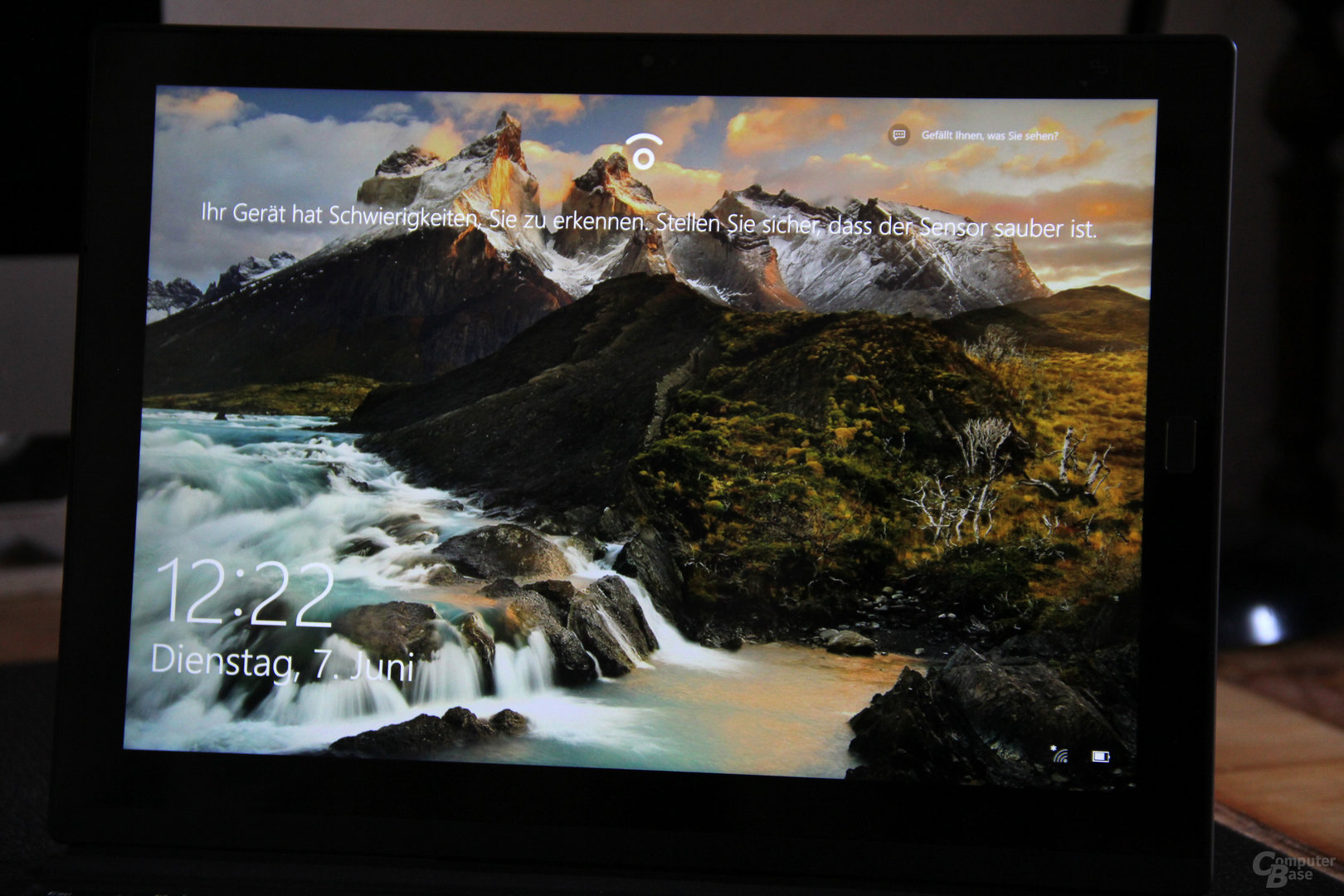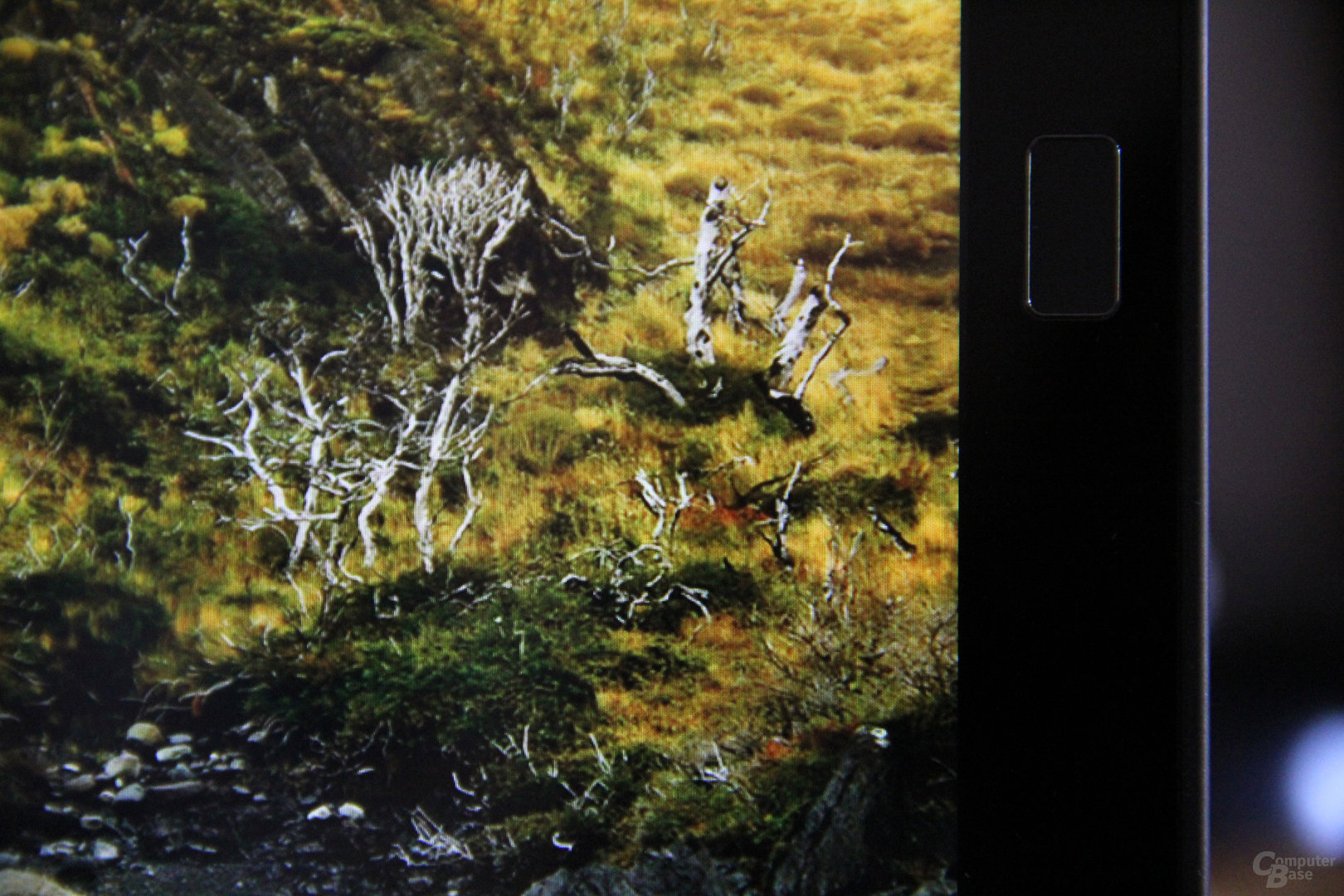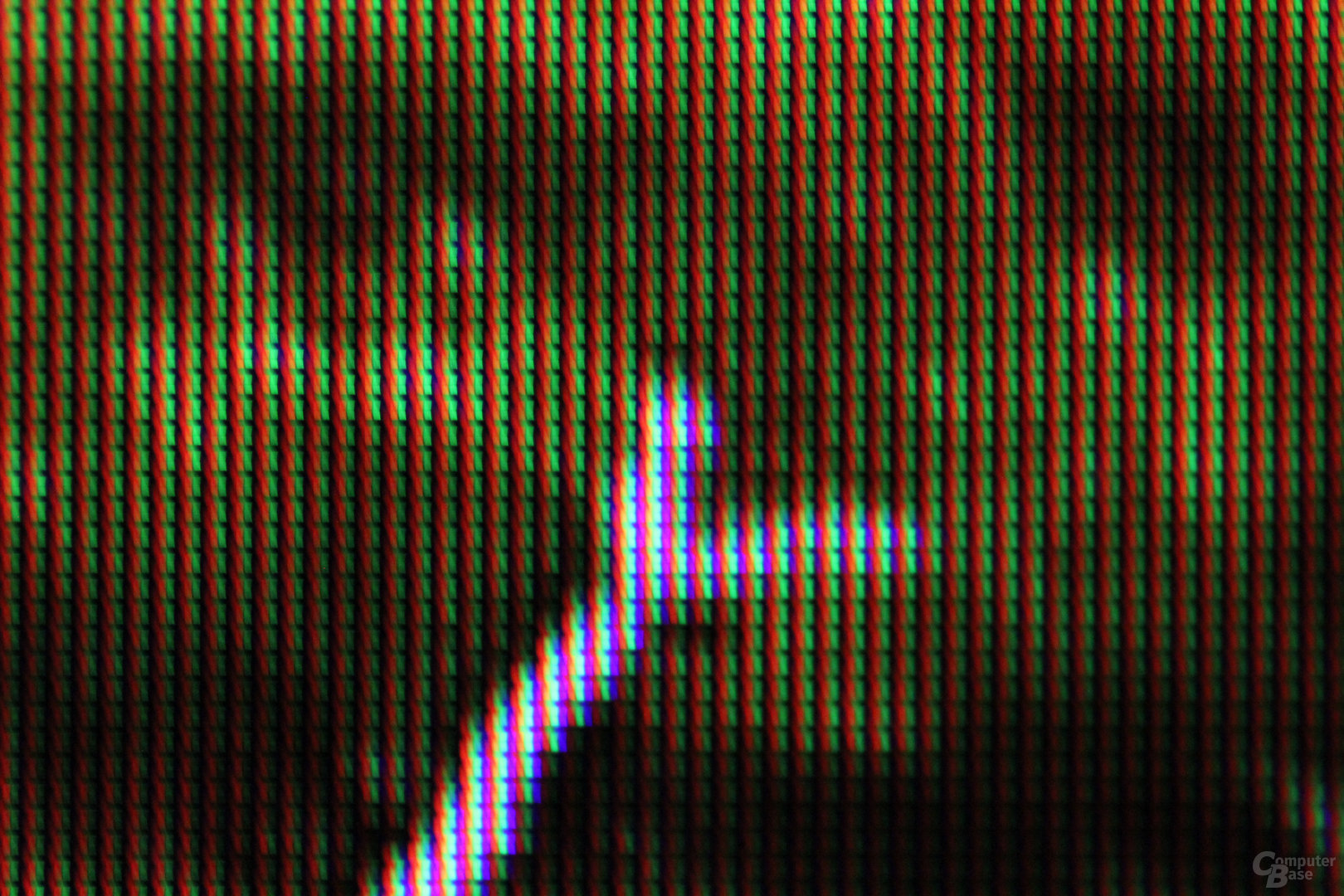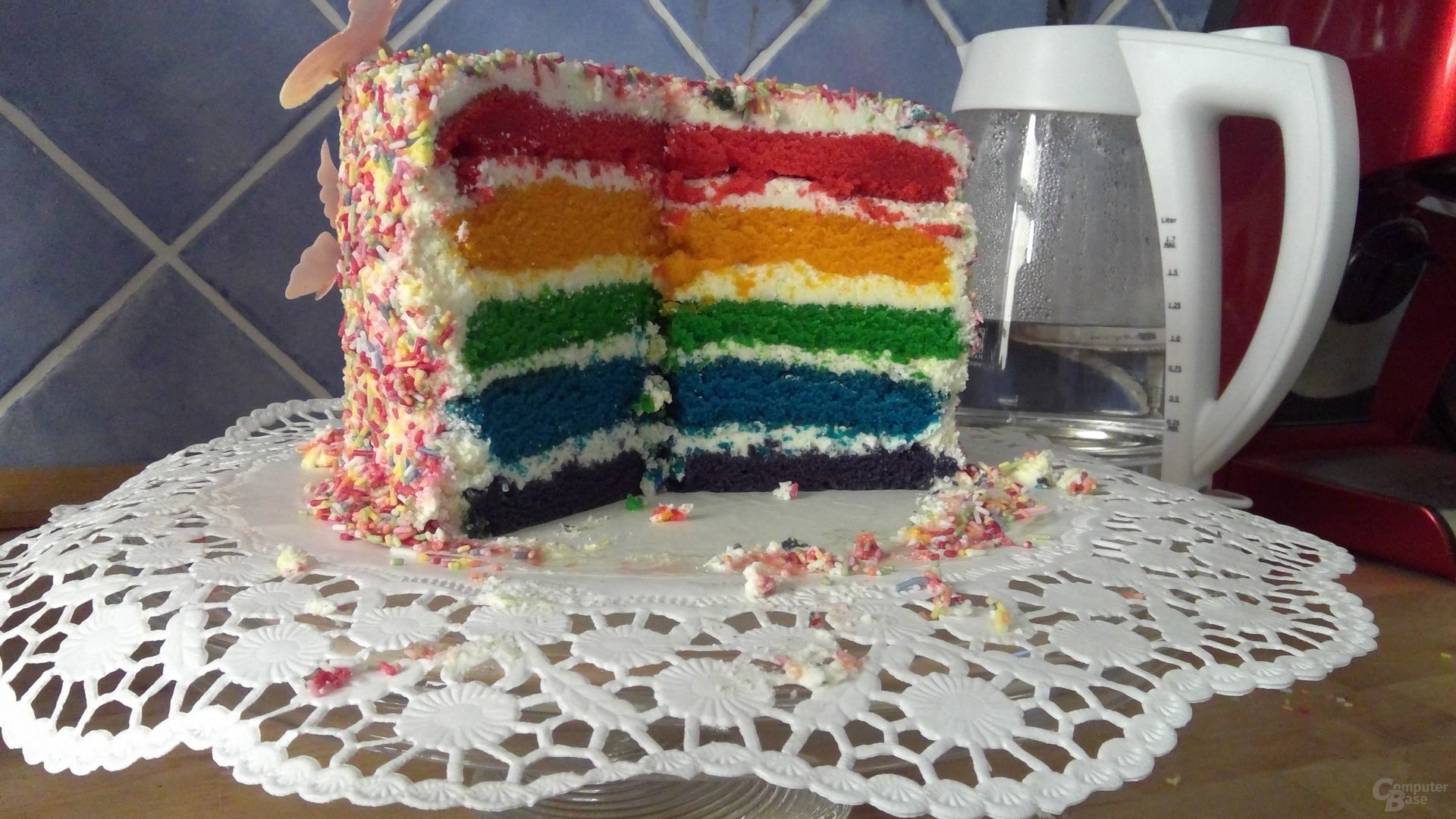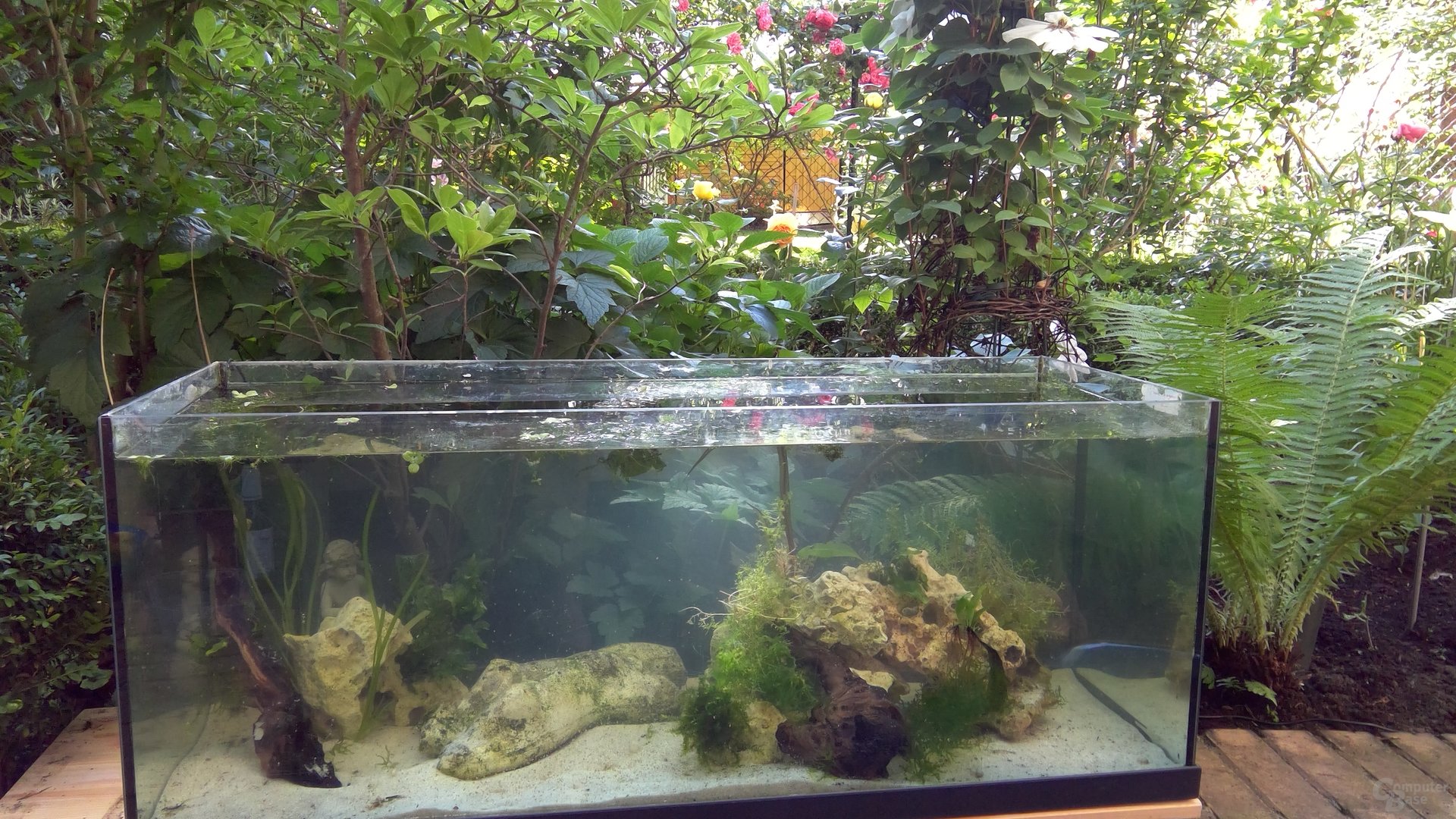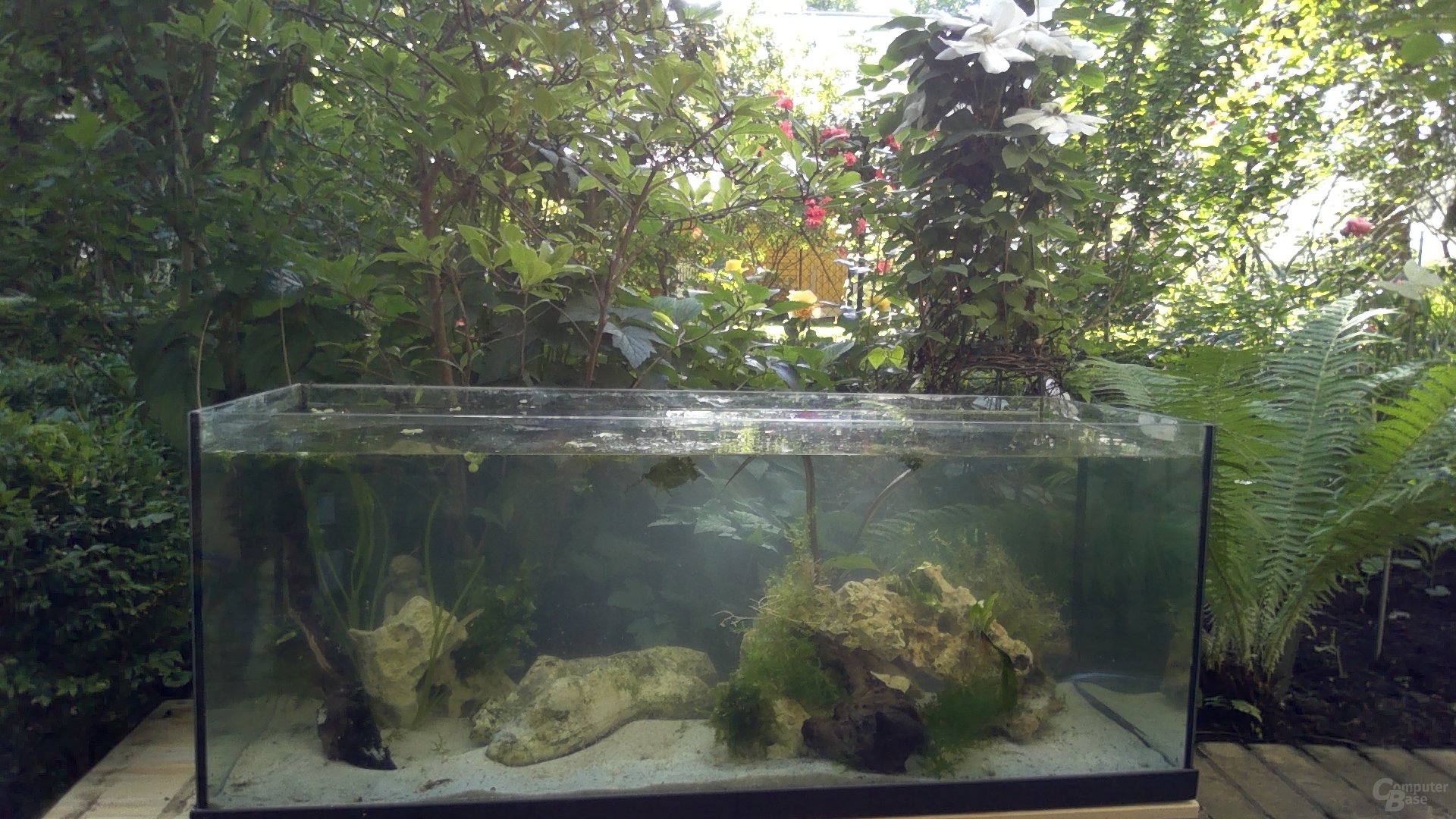Lenovo X1 Tablet im Test: Das mobilste produktive ThinkPad
4/7Starkes Display mit hohem Kontrast
Am 12 Zoll großen IPS-Display des Lenovo ThinkPad X1 Tablet gibt es nichts zu kritisieren. Mit 2.160 × 1.440 Pixeln (216 ppi) löst es scharf auf, das 3:2-Seitenverhältnis eignet sich für den produktiven Einsatz, und mit 390 cd/m² Leuchtdichte besteht die Darstellung auch im Freien bei stärkerem Umgebungslicht. Ebenso ist die minimale Helligkeit von gerade einmal 4 cd/m² von Bedeutung, nicht wenige Workaholics liegen nachts noch „connected“ im Bett und kritzeln Anmerkungen auf PDF-Papiere.
Dem Nutzer begegnen dank 100-prozentiger Abdeckung des sRGB-Farbraumes und dem hohen Kontrast von 1.500:1 sehr lebendige Inhalte, der hohe Weißpunkt von 8.700 K zeugt von einem leichten Blaustich. Da sich die Augen relativ schnell an die Farbtemperatur gewöhnen, ist das kein nennenswerter Kritikpunkt. Die Blickwinkelstabilität erweist sich als hoch, durch das Gorilla Glass vor dem Display sind starke Reflexionen unvermeidlich.
Mäßiges Sounderlebnis
Die beiden Stereolautsprecher sind seitlich ausgerichtet und bringen relativ wenig Bass bei zurückhaltender maximaler Lautstärke. Der Klang ist klar und kratzt nicht, nur nicht so kraftvoll wie beispielsweise bei einem Apple iPad Pro. Am besten klingt das ThinkPad X1 Tablet mit der Dolby-Einstellung für „Musik“.
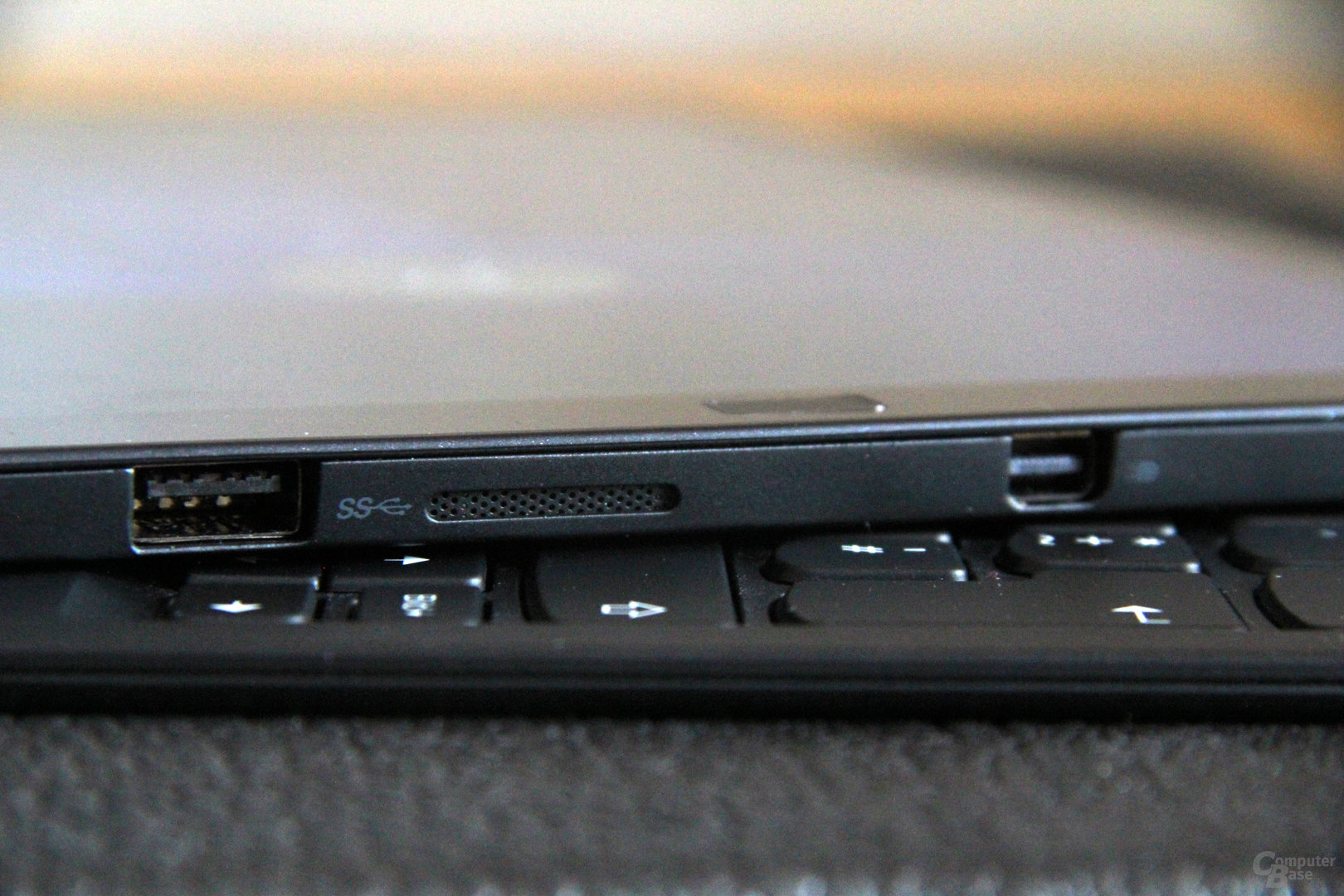
Ordentliche Kameras
Bei guten Lichtverhältnissen liefern die zwei Kameras im Lenovo ThinkPad X1 Tablet auch gute Ergebnisse. Wie bei vielen Tablets werden Motive bei Dämmerlicht mit Rauschen begleitet, dafür, dass trotzdem Fotos gelingen, sorgt das integrierte Blitzlicht. Der Autofokus reagiert schnell, und mit der 8-Megapixel-Auflösung werden viele Details eingefangen.

